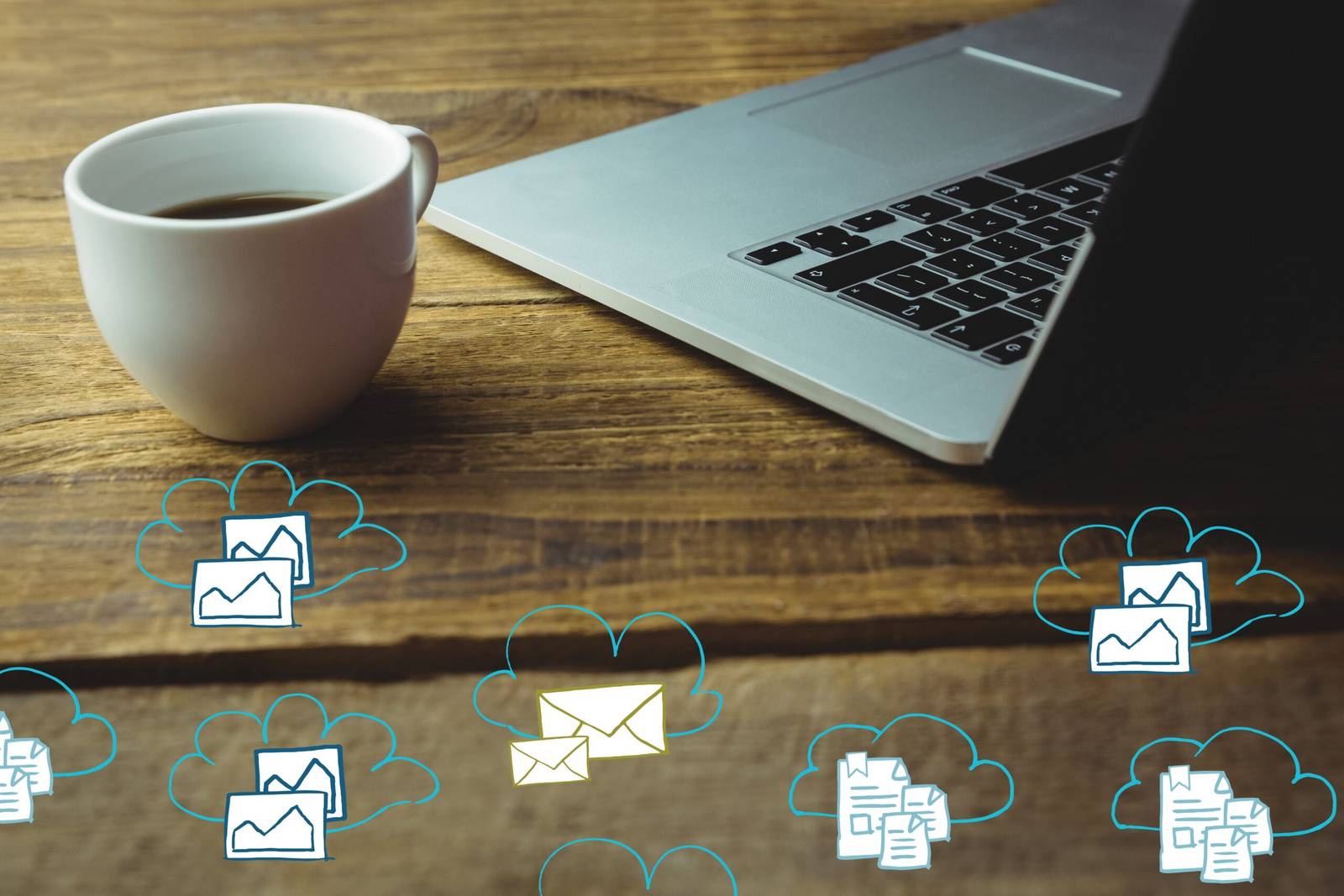Email Marketing Automation: Best Practices

by Web Digital
In today’s fast-paced digital landscape, email marketing automation has become an indispensable tool for businesses looking to establish and maintain meaningful connections with their customers. It not only streamlines the communication process but also allows for highly personalized and targeted campaigns that can drive engagement and conversions. However, to reap the full benefits of email marketing automation, one must follow best practices that ensure effectiveness, relevance, and compliance. In this article, we will delve into the top best practices for email marketing automation, enabling businesses to optimize their strategies and achieve remarkable results.
Segmentation is Key
Before diving into email automation, it’s crucial to segment your email list. Segmentation involves categorizing your subscribers based on various criteria such as demographics, purchase history, and engagement level. By doing so, you can send highly relevant content to each group, increasing the chances of conversion. A well-segmented list ensures that your messages resonate with your audience, leading to improved open and click-through rates.
Personalization Drives Engagement
Personalization goes beyond addressing subscribers by their first name. It involves tailoring the content to their preferences and behaviours. Utilize data from previous interactions to recommend products, offer discounts, or provide content that aligns with their interests. Personalized emails create a sense of connection and relevance, making subscribers more likely to engage with your messages.
Automate Email Workflows
Set up automated email workflows to send messages at the right time based on subscriber actions. For example, you can create a welcome series for new subscribers, abandoned cart reminders, or post-purchase follow-ups. Automation ensures that your emails are timely and relevant, even when you can’t send them manually. This not only saves time but also nurtures leads throughout their customer journey.
Optimize for Mobile Devices
With the majority of email opens happening on mobile devices, it’s essential to ensure that your emails are mobile-responsive. Use responsive email templates that adapt to various screen sizes and test your emails on different devices to guarantee a seamless user experience. Neglecting mobile optimization can result in a high unsubscribe rate and decreased engagement.
A/B Testing for Continuous Improvement
Email marketing automation allows you to conduct A/B tests easily. Test different elements like subject lines, email copy, images, and calls to action to determine what resonates best with your audience. Analyze the results and implement the findings to refine your email campaigns continuously. A/B testing is a powerful method for optimizing your automation strategy.
Compliance with Regulations
Stay compliant with email marketing regulations, such as the CAN-SPAM Act and GDPR. Ensure that your subscribers have opted in to receive emails and provide an easy way for them to unsubscribe. Keep accurate records of consent and regularly update your privacy policy to reflect any changes in data handling practices. Failure to comply with regulations can lead to severe penalties and damage your brand’s reputation.
Data Analytics and Reporting
Leverage the power of data analytics to gain insights into the performance of your email campaigns. Track metrics like open rates, click-through rates, conversion rates, and any pertinent performance indicators. Use this data to identify trends, understand subscriber behaviour, and make informed decisions about your automation strategy. Regular reporting allows you to fine-tune your campaigns for better results.
Maintain a Clean Email List
Regularly clean your email list by removing inactive or unengaged subscribers. High bounce rates and low engagement can negatively impact your email deliverability and sender reputation. Implement re-engagement campaigns to win back inactive subscribers, and if they still do not engage, consider removing them from your list.
Integration with CRM and Marketing Tools
Integrate your email marketing automation platform with your customer relationship management (CRM) system and other marketing tools. This integration enables a seamless flow of data between systems, allowing you to create a unified customer view and execute more advanced automation strategies based on customer behaviour and interactions.
Continuous Learning and Adaptation
The digital landscape is constantly evolving, and so should your email marketing automation strategy. Stay updated with industry trends, emerging technologies, and changes in consumer behaviour. Be ready to adapt and experiment with new approaches to keep your email marketing efforts fresh and effective.
Conclusion
Email marketing automation, when executed using best practices, can be a potent tool for businesses to nurture customer relationships, drive conversions, and achieve marketing objectives. By segmenting your list, personalizing content, automating workflows, and following compliance regulations, you can create highly effective email campaigns. Additionally, constant optimization through A/B testing, data analysis, and staying informed about industry developments will ensure that your email marketing automation remains a valuable asset in your marketing arsenal. Embrace these best practices, and you’ll be well on your way to harnessing the full potential of email marketing automation for your business.
Recommended Posts

Web Design Portfolio Tips for Canadian Freelancers
September 27, 2025

The Cost of SEO Services in Canada
September 27, 2025

How to Use Google Business Profile for Local SEO
September 26, 2025
